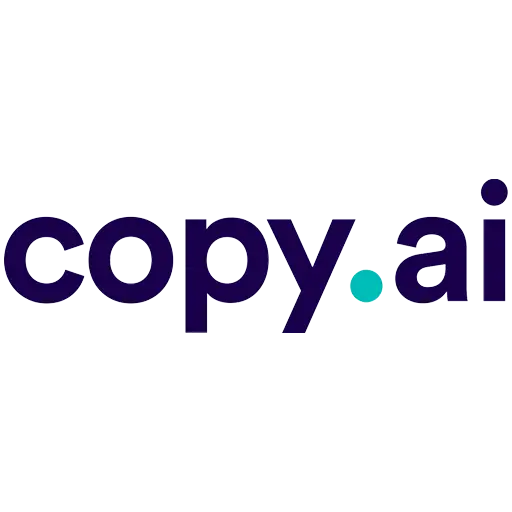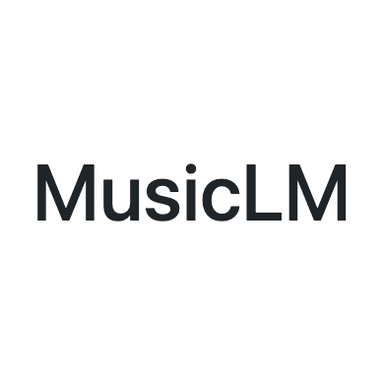
5 Dec, 2025
As per a report by Statista, the global generative AI market is projected to reach US$59.01bn in 2025, with projections soaring to a market volume of US$400.00bn by 2031, growing at an annual growth rate (CAGR 2025-2031) of 37.57%.
Generative AI is no longer a flagship term; it alters the future of how we make, share, and work. Generative AI tools have opened a world of unparalleled possibilities in every sector, from the production of visuals to marketing copy. With the available tools in the market, the question would be, in the pool of so many tools in the market, how do you know the right tool when considering the needs that you have?
This blog will walk you through the steps of selecting the best generative AI tools. Whether you’re a content creator, a designer, a developer, or a business leader, this guide will help you make informed decisions.
We’ll also highlight a generative AI tools list across various categories writing, coding, image generation, music, and enterprise use, to help you explore what’s out there.
Read More: Artificial Intelligence for Product Managers – Tools, Tips and Trends

Before we go into the selection process, we need to set our understanding of what we mean by generative AI tools.
Generative AI tools use machine-learning-based content generation tools, which are a collection of machine-learning algorithms that work in combination to generate content, text, images, codes, videos, music, and all sorts of text artificially, without authorship by a human being. It implies that generative engines have enormous volumes of data or models such as GPT (text), DALL·E or Midjourney (images), and MusicLM (audio) and can generate distinct things based on input or data sets.
The Most Common Use Case Examples of Generative AI Applications include:
Read More: The Future of Generative AI in Healthcare
Here’s a step-by-step guide to choosing the right generative AI tools.
This way, you are clear on why you want a generative AI tool. Are you a writer trying to speed up the creation of blogs? Or are you a designer who quickly makes mock-ups? and maybe an AI developer asking to automate code? Or is it more likely you’re a business person who wants to implement AI into workflows?
These examples of use cases and applications are as follows:
The clearer the target, the easier it will be to match it to applicable generative AI applications.
After you decide on the particular use case, explore the list of generative AI tools for your case. There are some features to watch for in each of the options:
For example, if you are a brand copywriter, Jasper or Copy.ai offers marketing-specific templates and tone controls. DALL·E or Adobe Firefly would be much more useful to designers.
The user-friendliness of certain generative AI tools features the drag-and-drop interface, whereas the others demand proficiency in programming or engineering prompt assistance.
Non-Technical users:
To Technical Users:
An example would be that ChatGPT is user-friendly to a novice user, whereas Hugging Face Transformers would have more control for the developer and researcher.
The price of generative AI tools is rather different. Others provide free plans with restrictions, while others provide subscriptions or usage-based plans. In enterprise-scale applications, prices are usually customized.
In considering costs:
When you predict that your usage will increase, make sure you use tools that increase in size with you.
Also Read: The Role of Artificial Intelligence (AI) in Architectural Design
A large number of generative AI applications must be fed data to produce output, which may include sensitive information. When evaluating AI chatbot development solutions, be sure not to miss key terms related to:
Role-based access control
As an example, OpenAI allows businesses to state that they do not want the data that they provide to be used to train their public models. Some vendors provide on-premise sensitive applications.
Vibrant communities and well-documented databases may accelerate your onboarding, as well as assist in resolving issues.
Look for:
Generative AI tools that have a strong user community can, in a lot of cases, develop at a quicker rate and receive more upgrades.
Most generative AI tools offer a free trial or limited-use plan. Use this time to test:
Use real-world tasks from your workflow for testing, not random prompts.
Generative AI tools are not just assistants; they are catalysts that transform ideas into outcomes faster than ever before.
– Umair Ahmed, VP of Growth at Cubix
Here’s a categorized generative AI tools list to help you choose based on your needs:







Read More: How Does Generative AI Works
Read More: Chatbots vs Copilots vs Real Agents – What’s the Difference?
Selecting among generative AI tools is much more than an exercise in popularity; it is about how well these tools fit into your workflow, technical capabilities, budget, and future goals. From automating emails to generating artwork to coding, generative AI can become valuable.
Be smart in exploring this growing list of generative AI tools; test them before fully committing, and look for the tools that will truly benefit your work. At Cubix, we help businesses adopt the right generative AI development solutions tailored to their needs. With our expertise, we ensure you unlock maximum value from AI innovations and stay ahead of the curve
Category